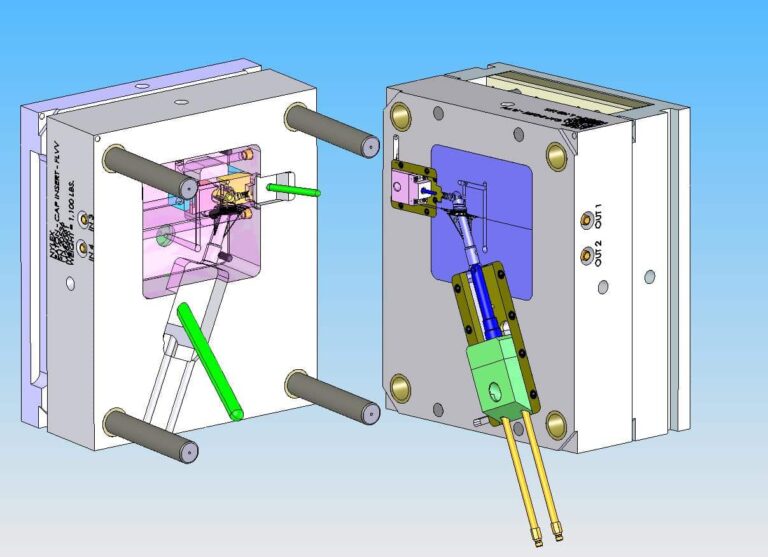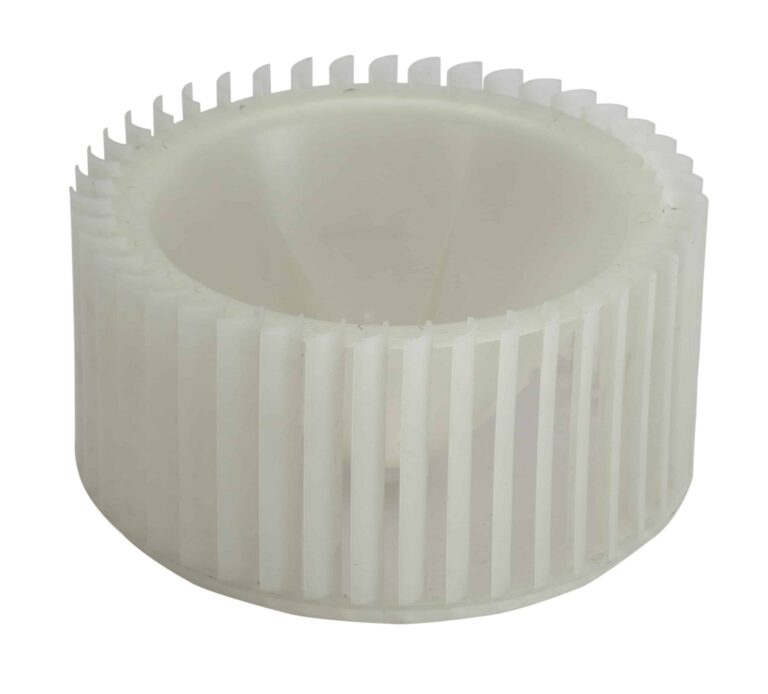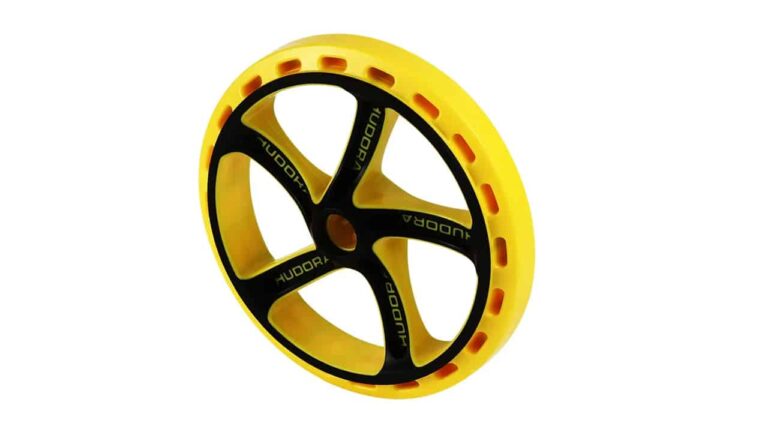Five Steps in the Production Process of Injection Mold
Injection mold manufacturing can be roughly divided into the following steps:
1、 Process analysis of plastic products.
Before the mold design, the designer should fully analyze and study whether the plastic products conform to the injection molding processing principle. It is necessary to carefully negotiate with the product designer to reach a consensus. It includes the necessary discussion on the geometric shape, dimensional accuracy and appearance requirements of the products to avoid unnecessary complexity in mold manufacturing.
2、 Mold structure design.
A set of high-quality molds requires not only good processing equipment and skilled mold makers, but also good mold design. Especially for complex molds, the quality of mold design accounts for more than 80% of the mold quality. An excellent mold design is to make the processing cost low, the processing difficulty small and the processing time short on the premise of meeting the customer’s requirements.
To achieve this, we should not only fully understand the requirements of customers, but also understand the injection molding machine, mold structure, processing technology and mold factory’s own processing capacity. Therefore, to improve the mold design level, the following points should be achieved:
1. Understand every detail in each set of mold design, and understand the purpose of each part in the mold.
2. During the design, we should refer to the previous similar designs, understand the mold processing and product production, and learn from the experience and lessons.
3. Learn more about the working process of the injection molding machine to deepen the relationship between the mold and the injection molding machine.
4. Get to know the process of processed products in the factory, and know the characteristics and limitations of each processing.
5. Understand the mold test results and mold modification of the mold designed by yourself, and learn from them.
6. Try to use the previously successful mold structure in the design.
7. Learn more about the impact of mold water entry on products.
8. Study some special mold structures and understand the latest mold technology.

Determine mold materials and select standard parts.
In the selection of mold materials, in addition to the accuracy and quality of the products, we should also consider the actual processing and heat treatment capabilities of the mold factory to give a correct choice. In addition, in order to shorten the manufacturing cycle, the existing standard parts shall be used as much as possible.
Parts processing and mold assembly.
In addition to the best structure and reasonable tolerance fit in the design, the precision of the mold is very important for the part processing and mold assembly. Therefore, the choice of processing precision and processing method plays an absolutely dominant role in mold manufacturing.
The dimensional error of molded products mainly consists of the following parts:
1. The manufacturing error of the mould is about 1/3
2. The error caused by die wear is about 1/6
3. The error caused by uneven shrinkage of molded parts is about 1/3
4. The error caused by the inconsistency between the predetermined shrinkage and the actual shrinkage is about 1/6
Total error=(1)+(2)+(3)+(4)
Therefore, in order to reduce the die manufacturing error, the processing accuracy should be improved first. With the use of CNC machine tools, this problem has been well controlled. In addition, in order to prevent errors caused by die wear and deformation, quenching treatment shall be adopted for key parts such as cavity and core when the die with high machining accuracy requirements and large product output is used. In order to save materials and facilitate processing and heat treatment in medium and large molds, the die design should use the splicing structure as much as possible.

In order to solve the error caused by uneven shrinkage of molded parts and the inconsistency between the predetermined shrinkage and the actual shrinkage, 1/3 of the product tolerance is generally selected as the manufacturing tolerance of the mold during mold manufacturing. The purpose is to leave more room for adjustment in the future molding process to solve the error caused by the molding process.
Mold Testing
A set of molds only completes 70%~80% of the whole manufacturing process from the beginning of design to the completion of assembly. The errors caused by the inconsistency between the scheduled shrinkage and the actual shrinkage, whether the demoulding is smooth, how the cooling effect is, especially the influence of the size, position and shape of the gate on the precision and appearance of the products, must be checked by the mold test. Therefore, mold testing is an indispensable step to check whether the mold is qualified and select the best molding process.






